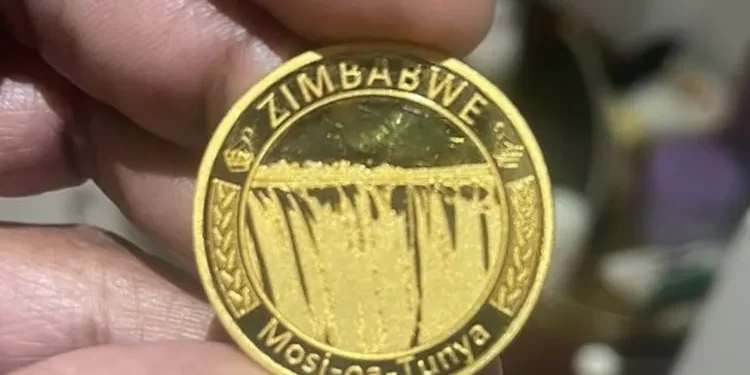The tokens have been available as an investment or store of value in Zimbabwe for some months, and now if both a buyer and seller have ZiG bank accounts and agree to use the token for payment, they can buy and sell something through those accounts.
In a statement recently, Reserve Bank of Zimbabwe Governor Dr John Mangudya said the value of the ZiG would be at par with the value of the physical Mosi-a-Tunya gold coin, and will remain informed by the international gold price since it derives its value from gold reserves held by the RBZ.
Apparently, the tokens are being sold in US dollars and local currency, but the latter shall be at a 20% margin above the willing-buyer willing-seller interbank mid-rate. Below are the latest token prices:

Meanwhile, the gold-backed digital tokens, now named Zimbabwe Gold or ZiG, became an approved means of payment for domestic transactions with effect 5 October 2023 with any transactions going through ZimSwitch and the RTGS system in the same way as Zimbabwe dollars and US dollars being moved between bank accounts, with swipe.
The RBZ Monetary Policy Committee at its meeting on September 26 approved the use of ZiGs as one of the means of payment for domestic transactions, over and above its value preservation purpose, he said.
“Banks will maintain dedicated ZiG accounts and intermediate transactions in ZiG in the same way they intermediate transactions in local and foreign currency.
“The applicable intermediated money transfer tax (IMTT) will be half of the IMTT applicable to transactions in foreign currency and the relevant legal instrument to that effect will soon be published.” The ZiG is not a currency, but an investment instrument, but now has approved transactional capabilities that individuals and institutions can use to grow their wealth while also being able to use the ZiG for payments when buyer and seller agree.
Source Zwnews










